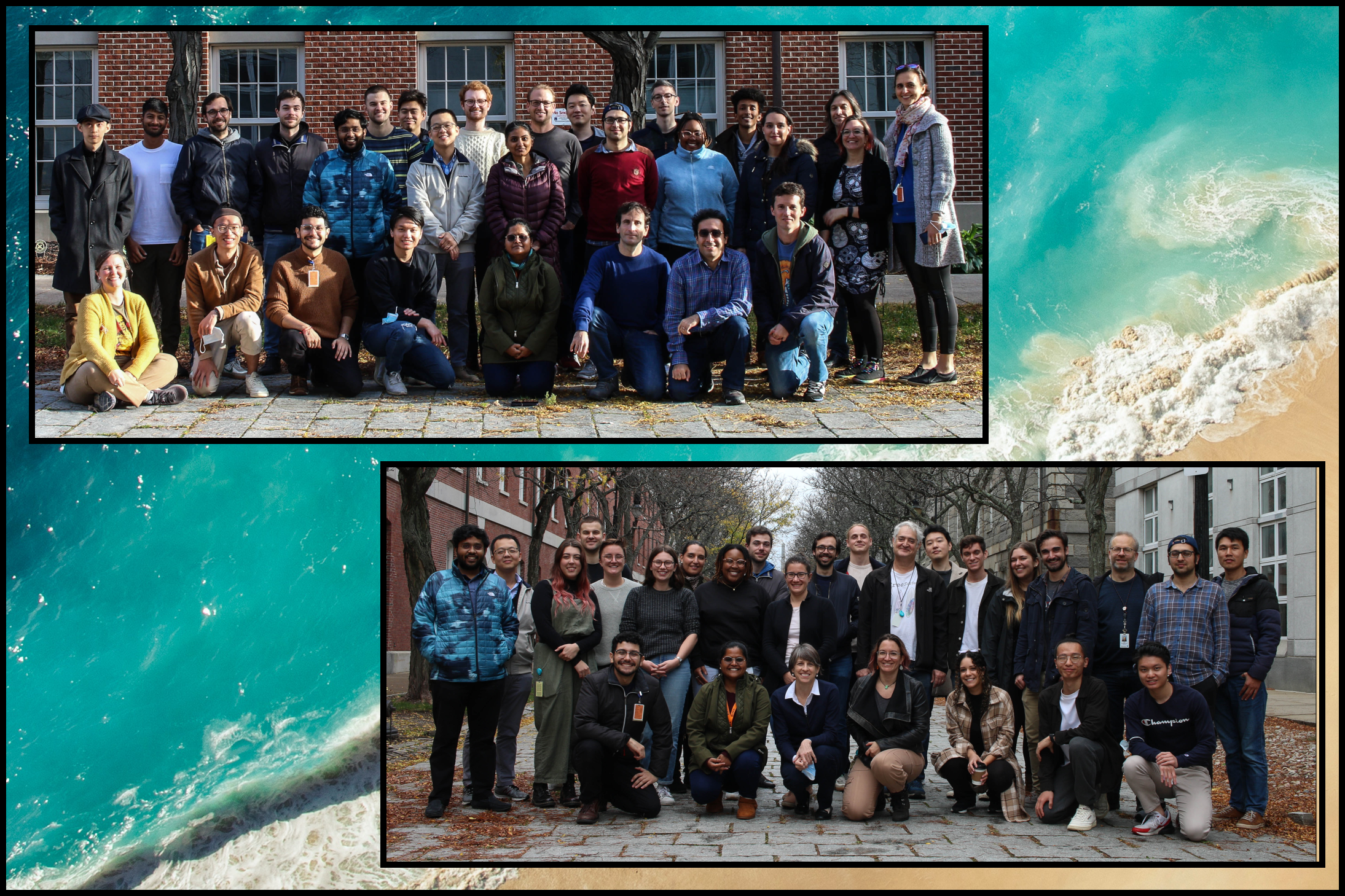
Members of the Laboratories for Computational Neuroimaging (LCN) at the Athinoula A. Martinos Center for Biomedical Imaging are exploring new ways to conduct basic, clinical, and cognitive neuroscience research through the use of magnetic resonance (MR) imaging technologies & other imaging modalities (such as histology and optics).
Our labs are building tools for the optimization and analysis of neuroimaging data, encompassing structural, functional, and diffusion MRI. Substantial resources are spent on extensive manual labeling of fiber pathways and sub-cortical structures in human brain anatomy for a variety of age ranges, which serves as a foundation for constructing automatic labeling, registration, and segmentation tools. Other efforts are focused on the development of MR scanner pulse sequences and image reconstruction methods which enhance image tissue contrast, reduce motion artifacts, and improve the reliability of scans within and across individuals. All of our lab research projects culminate in the development and support of the open source FreeSurfer brain mapping software package


